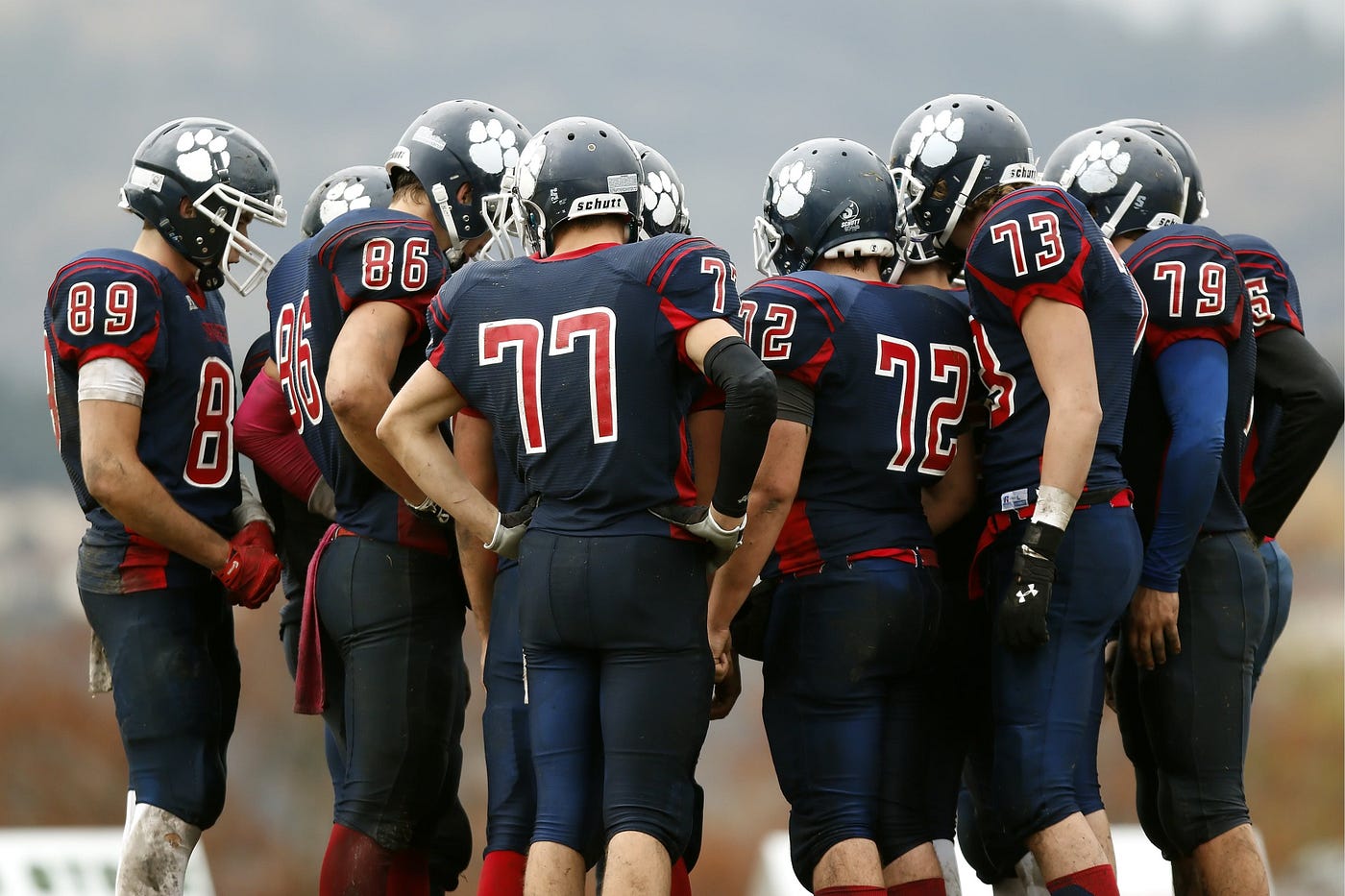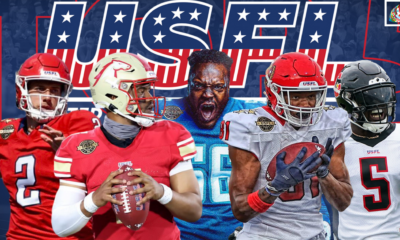
In the vast world of American sports, few spectacles match the intensity and strategic ballet that is American football. In this sport, beyond the thundering collisions and dazzling touchdowns, lies a complex dance of team dynamics and leadership. Let’s explore the complexities that turn football into more than just a strength game- a game largely also about cooperation and leading.
The Dance of Team Dynamics
Football basically is like a mosaic made of many different players’ skills, and how well players work together is really important for winning games. For instance, communication – a nuanced language that involves not only verbal cues but also a telepathic understanding between teammates plays a big role in team dynamics.
Coach Bill Belichick’s New England Patriots show a perfect model of sustained winning because they have strong teamwork and leadership. They are good at adapting, evolving, and bringing new players into their way of playing which shows how much having a united team matters.
Additionally, the “Steel Curtain” defense of the Pittsburgh Steelers in the 1970s exemplifies how a dominant defensive unit can become the backbone of a championship-winning team. Led by the legendary coach Chuck Noll, the Steelers showcased the prowess of a united front, setting a standard for defensive excellence that reverberates through the annals of football history.
NFL Top 10 Dynasties: ’70s Pittsburgh Steelers
Offensive and Defensive Synchrony
American football, unlike many other sports, is a tale of two tales – offense and defense. The intricate dance of these contrasting elements is where the true beauty of team dynamics shines. We can take the examples of legendary figures like Tom Brady and Peyton Manning who are revered for their cerebral approach to the game. They are, in essence, chess masters navigating a colossal chessboard, anticipating moves and countermoves (offense and defense) to outwit their opponents.
Adaptability in the Face of Adversity
Like any competitive sport, football is rife with unpredictable twists and turns. In the midst of a game, unforeseen challenges can arise, testing the mettle of a team’s cohesion and leadership.
In Super Bowl XLII, the 2007 New York Giants faced and beat the unbeaten team of New England Patriots. It was a big surprise because even though not many people thought Giants would win, they showed great flexibility and strong defense which helped them to make an amazing victory that NFL fans will always remember. This victory highlighted how important it is to be flexible, showing that being able to change your plans on the go is a key part of what makes you successful.
The Role of Leadership in Building Team Culture
Leadership, whether emanating from coaches or veteran players, is another aspect that plays a pivotal role in establishing and nurturing a culture. The New Orleans Saints, under the guidance of Coach Sean Payton and quarterback Drew Brees, provide a compelling case study in this regard.
The Saints changed from always not doing well to winners of the Super Bowl, showing a strong never-give-up spirit, accountability, and full dedication. Drew Brees especially was a leader who helped create this kind of environment. His excellent performance on the field and never-ending hard work became a model for young players, making a legacy that goes much farther than just football.
Emotional Intelligence on and off the Field
Beyond the strategic intricacies, football demands a profound understanding of the emotional dynamics within a team as well. For instance, Vince Lombardi, the iconic coach of the Green Bay Packers, exemplified leadership that went beyond strategy. A skilled motivator, Lombardi grasped the psychological intricacies of his players, forming a profound personal connection that propelled the Packers to dominance in the 1960s.
Similarly, the Seattle Seahawks, with Coach Pete Carroll guiding them, have become very good by building a culture of positive thinking and toughness. Their time known as “Legion of Boom,” which was when they had a really strong defense squad, showed how important it is for team members to work well together emotionally. This teamwork helped them make it to many games after the regular season and win a Super Bowl too.
Impact on Sports Betting
Everyone knows that how a team works together and the way it is led in USFL and NFL makes a big difference in sports betting. To bet well in sports, you need to know more than just the simple rules of the game; you have to really get how the players work with each other. Savvy people who bet study not just numbers for each player, but also how the team works together during the game.
For instance, a team known for its resilience and cohesive teamwork might be more likely to stage a comeback in the face of adversity. On the other hand, a squad with internal conflicts or leadership issues could be more susceptible to crumbling under pressure.
People who love sports betting also think about a team’s spirit when they predict outcomes. Teams that have a good and strong spirit usually play steady through all the season. Knowing the way a team works together and how this affects their choices during games can help sports bettors to guess the results better. Also, if coaches are very good at changing their strategies, encouraging their team members, and creating a strong group spirit, they might increase their chances of winning.
The pulsating world of American football unveils its true magic not in individual player brilliance, but through team dynamics and leadership harmony. The gridiron serves as a canvas- with every play, every tackle, and every touchdown, the collective vision takes shape. As the game evolves—its symphony of teamwork transforming—it persists as an enduring testament to collaborative power and leadership in the relentless pursuit of victory.









